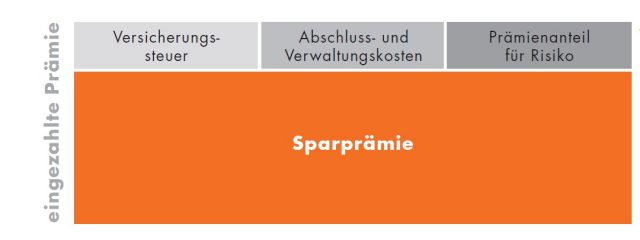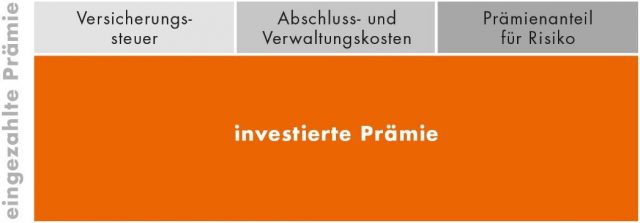Life insurance – everything you need to know
Life insurance policies differ from one another based on their investment form and also their modalities regarding pay-out. For example there are the following types of life insurance:
- Survival and life insurance
- Risk insurance
- Pension insurance
- Fund and index-based life insurance
Prior to concluding a contract
- Who is the insurance company? – Name, registered office and legal form
- What law is applicable?
- Through which channels will the insurance company communicate with you?
- How can you end the contract? – Cancellation, Withdrawal, Termination
- Who is the competent body for complaints at your insurance company?
- Does a guarantee system exist?
- How must tax do you pay for your insurance?
- guaranteed interest and
- variable participation in profits
The FMA determines how high the guaranteed interest rate from an insurance company may be allowed to be when concluding the contract.
Information Brochure on Life Insurance
Overview of historic maximum interest rates
During its term
- Life insurance – the statement must include a current forecast for the pay-out amount at the end of the contract.
- Pension insurance – the statement must include a current forecast about the expected amount of the pension at the end of the contract
Do you want to terminate your life insurance policy early?
Life insurance is designed to have a very long term. Early termination contradicts the essence of the product and is associated with losses to your detriment. Termination, particularly during the few first years after conclusion of the contract is particularly disadvantageous for you.
Yield – what can you expect?
The total interest on your life insurance policy consists of the guaranteed interest rate and the interest from the participation in profits.
There may be an external guarantor that takes over the guarantee that amount to be paid out does not fall below a certain amount. However, in the event that the guarantor becomes insolvent during the term, then the guarantee may potentially become void.
Further information

